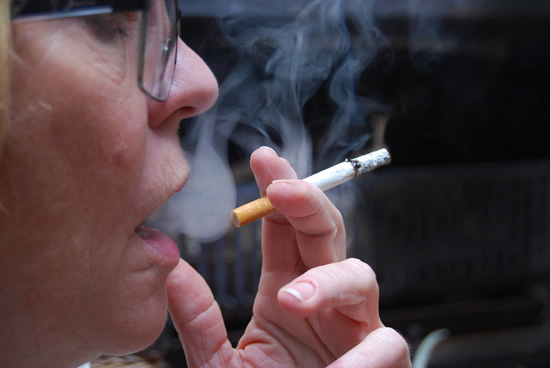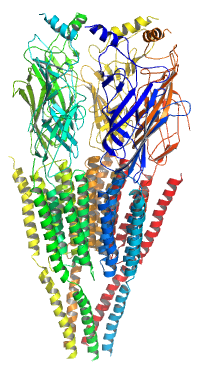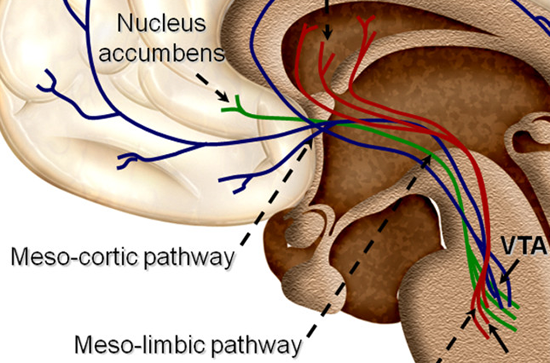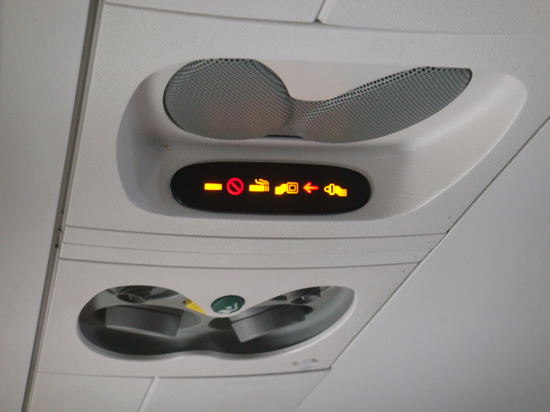“Tobacco is the only legal drug that kills many of its users when used exactly as intended by manufacturers.”
This is the chilling opening sentence of the World Health Organisation’s global report on trends in tobacco smoking 2000-2025 (WHO, 2015).

The trouble is, many of these tobacco users are the dogs and cats living with us. This is wrong and it must stop. This is what this article is about. Please read it and then use it to help us end this now. We can do this if we work together. THANK YOU…
The WHO report continues….
“WHO has estimated that tobacco use (smoking and smokeless) is currently responsible for the death of about six million people across the world each year with many of these deaths occurring prematurely. This total includes about 600,000 people are also estimated to die from the effects of second-hand smoke. Although often associated with ill-health, disability and death from noncommunicable chronic diseases, tobacco smoking is also associated with an increased risk of death from communicable diseases.”
Starting in 2000, the report is updated every 5 years (2000, 2005, 2010, 2015, 2020 and 2025) and the most recent update is 2015 is a comprehensive 359 pages long. The next update is 2020.
How and why should you read this article?
This article is not about the people who smoke, there’s plenty of information about that already. Yet despite the dangers to health, significant numbers of people continue to smoke. Smoking is a lifestyle choice and it is perfectly legal. The people that smoke do so of their own free will and we should not judge them for that.

Image by janekszy46 [CC0 1.0]

Image Copyright © 2017 Robert Falconer-Taylor
The information is presented here in a numbered list format to help you quickly identify, share and argue the different strands of evidence that highlight the serious health risks of exposure to cigarette smoke to pets everywhere. The goal here is to arm you with the information you will need to make a case to all the pet-owning smokers you either know, or can reach through your work, or whatever. Please share this information everywhere you can.
In this part, Part 1 of this article, we begin with a very brief overview of what’s exactly in cigarette smoke and why it is so dangerous in SECTION A.
Then, in Part 2, we take a look at a random selection of a few of the thousands of studies published on the effects of smoking in humans, and especially children in SECTION B. There is less known about the negative effects of second-hand smoke on pets, but in SECTION C, we summarise the results of most of the studies that have been done in dogs and cats.
SECTION A
The anatomy of the cigarette

1. Tobacco itself does not burn that well and, once exposed to their air, it also dries up and becomes flaky and brittle quite quickly. To prevent this from happening to cigarettes before they have been smoked, moisture-retaining chemicals, such as propylene glycol, glycerol and sorbitol, are mixed in with the tobacco. During the manufacturing process, other chemicals are also added including preservatives to prevent the tobacco going mouldy (e.g., potassium sorbate, benzoic acid, sodium benzoate), combustion aids to keep the cigarette alight (e.g. potassium acetate), binders and fillers to hold everything together (e.g. potassium acetate) and sometimes flavourings (e.g. fruit extracts, sugars, cocoa and liquorice).
2. The rolling paper used in commercial cigarettes is also chemically modified. Chemicals such as calcium carbonate and sodium citrate ensure that the cigarette burns evenly, and that a strong and more stable ash cone is produced, as shown in the burning cigarette above. In addition, these chemicals modify the porousness of the paper in order to allow more, or less, air in. This air dilutes the smoke inhaled by the consumer and alters the perceived strength of the cigarette.
3. The cigarette is glued together using adhesives such as polyvinyl acetate and starch.
4. Branding is added to the barrel of the cigarette using dye print inks.
5. The filter at the smokers end of the cigarette is made of cellulose, which is finally spun to form a plug that traps more or less of the tar and nicotine in the smoke before it is inhaled by the consumer. This filtration helps give each brand of cigarette its distinct flavour. In addition, a ring of small ventilation holes are punched through the paper surrounding the filter. This lets more air in from the atmosphere further diluting the smoke being inhaled. Hardeners (e.g. acetic acid ester of glycerol and triacetin) are added to the cellulose to make the filter stronger.

1. Mainstream smoke, 2. Filtration material, 3. Adhesives, 4. Ventilation holes, 5. Ink, 6. Adhesive, 7. Side-stream smoke, 8. Filter, 9. Tipping Paper, 10. Tobacco and ingredients, 11. Paper, 12. Burning point and ashes
Image by Sémhur [CC-BY-SA-3.0]
The toxicology of the cigarette

1. First, there are 2 distinct chemical reactors in a burning cigarette, the combustion zone at the burning tip of the cigarette and the pyrolysis, distillation and pyrosynthesis zone just behind the combustion zone (see the figure below). The tobacco is mixed with oxygen from the air and burned in the combustion zone where it is carbonised, releasing hydrogen, carbon dioxide and carbon monoxide gas. These gases are sucked backwards into the pyrolysis, distillation and pyrosynthesis zone and this is where the serious chemistry takes place. More than 4,700 different chemicals are synthesised in this zone (see table below). The very hot vapour, containing all these chemicals, continues to be sucked back into cooler parts of the cigarette where it rapidly cools down to form the smoke.

Image by RFT after Thielen and Müller, 2008.
2. Structurally, cigarette smoke is actually an aerosol, similar to the liquid-gas emitted from a canned deodorant, or air freshener. An aerosol is a suspension of tiny droplets of liquid (called the particulate phase) suspended in a gas (the gas phase). The particulate phase of cigarette smoke consists of a number of chemicals such as tobacco-specific nitrosamines, polynuclear aromatic hydrocarbons (PAH, see below), phytosterols and a variety of metals. The gas phase is made up of nitrogen, oxygen, carbon, dioxide carbon monoxide, nitric oxide and hydrogen cyanide, and it also carries chemicals such as phenols and cresols. The gas phase also carries many carcinogenic compounds such as 1,3-butadiene, formaldehyde, acetaldehyde, acrolein and benzene.
3. More about cigarette smoke. There are 3 different kinds of smoke being produced (see the figure below) -. Mainstream smoke: When the consumer sucks on the filter of the cigarette to take a puff, mainstream smoke is produced and this is inhaled. Mainstream smoke is produced at higher temperatures, it is generally acidic and particle size is small. Side-stream smoke: In addition, side-stream smoke is produced as the cigarette smoulders between puffs and is released into the atmosphere. Side-stream smoke is produced at lower temperatures, it is generally alkaline because it contains more ammonia and particle size is large. Environmental tobacco smoke: When the consumer exhales the mainstream smoke, it mixes with the side-stream smoke already present in the surrounding atmosphere. Then both types of smoke age for a time and, once aged, this smoke is called environmental tobacco smoke. During aging, lasting minutes to several hours, the relative levels of gas and particles change as they get adsorbed into and onto surrounding clothes, furnishings, walls, pets etc.

Image by Paolo Neo [CC-BY-SA-3.0] and adapted by RFT

Image by the National Cancer Institute, an agency part of the National Institutes of Health, with the ID 2348. The image is in the public domain.

Image by Richard Wheeler (Zephyris) [CC BY-SA 3.0]
5. The link between cancer and tobacco smoke: Carcinogenic PAHs can be chemically reactive within the nucleus of every cell in the body where they bind to the cell’s DNA and make it clump forming a DNA adduct, or bulky DNA.
Adducted DNA leads to replication errors, or mutations, which is the first step towards the cell becoming cancerous (Henkler et al., 2012).

Image by Takuma-sa [CC0 1.0]
Nicotine binds to the acetylcholine receptors of neurons throughout the brain. It is here that it has its reward, dependence and then addictive effects.
Furthermore, longer-term, nicotine may also be implicated in diseases such as Parkinson’s diseases, Alzheimer’s disease, schizophrenia, depression, epilepsy and diabetes (Wu, 2009).
7. The link between nicotine and addiction: At its most basic level, the behaviour of all animals is driven by 2 opposing forces – appetite and aversion. In complex, sentient animals such as mammals, these 2 forces are experienced as reinforcers and punishers, and they constitute the fundamental principles of learning theory and its application in behaviour modification. The neurophysiology of how intrinsic and extrinsic reinforcers and punishers are processed in the brain has been extensively studied and is now reasonably well understood.

Image by silviarita [CC0 1.0]
When this pathway is activated, dopamine is released in the nucleus accumbens and this triggers the ‘good feelings’ that constitute the reinforcement that underpin the animal’s desire to repeat whatever it was that triggered the experience in the first place.

Image by Oscar Arias-Carrión1, Maria Stamelou, Eric Murillo-Rodríguez, Manuel Menéndez-González and Ernst Pöppel By [CC BY-SA 3.0]

In other words, the reward pathway is activated and dopamine is released in the nucleus accumbens free of any control from other parts of the brain.
This ‘artificial high’ is initially more intense and pleasurable than the brain’s intrinsic ‘natural highs’, and it is therefore much more rewarding.
No one would argue that being able to feel more pleasure at will is a bad thing. After all, we all voluntarily engage in activities that we enjoy, for example eating chocolate, playing sport and walking our dogs. However, all these activities engage the reward pathways through the intrinsic neural control network.
On the other hand, repeated use of psychoactive drugs such as amphetamines, cocaine and nicotine have 2 very important long-term effects on the brain (Leyton and Vezina, 2013) –
A: A neural effect: An increased sensitisation of the mesolimbic reward pathways to the drug.
B: A behavioural effect: The formation of conditioned associations between the rewarding effect of the drug and related environmental stimuli.

Ask a smoker and they will tell you about the ritualistic behavioural effects of nicotine consumption. Many will light up following particular stimuli, such as drinking a cup of coffee, getting through a traffic jam, after dropping the kids off at school, and so on.
These 2 effects are very persistent. Even after giving up years earlier many smokers, on seeing someone light up a cigarette in a context they used to use themselves, still feel they could really enjoy one themselves at that moment.

Image by 3dman_eu [CC0 1.0]
The pathway is no longer able to respond appropriately to the normal intrinsic triggers.
The drug user has to keep using the drug just to remain feeling normal.
This is because a brief period of brief abstinence becomes an extremely unpleasant experience, both physiologically and emotionally, as the symptoms of withdrawal emerge.
Nicotine is highly addictive for many people and the most common withdrawal symptoms associated with it include –
- difficulty in concentrating
- tingling in the hands and feet
- nausea and abdominal cramping
- sore throat and coughing
- irritability
- anxiety
- depression
- insomnia

It’s easy to see this happening in smokers who have to abstain for a few hours when they find themselves in no-smoking environments, for example taking a commercial flight abroad.
This is stressful enough these days and it can be very difficult to predict how long a given trip will actually take with security, delays etc.
Many smokers have the extra burden and worry of trying to plan ahead so they never miss an opportunity to smoke another cigarette when they need to.

Image by Challisrussia [CC GFDL 1.2]
In the next part of this article, Part 2, we examine the effects of smoking in humans, dogs and cats.
© copyright Robert Falconer-Taylor, 2018
This article is an original work and is subject to copyright. You may create a link to this article on another website or in a document back to this web page. You may not copy this article in whole or in part onto another web page or document without permission of the author. Email enquiries to robertft@emotions-r-us.com.
References
Available with the publication of Part 2 of this article.